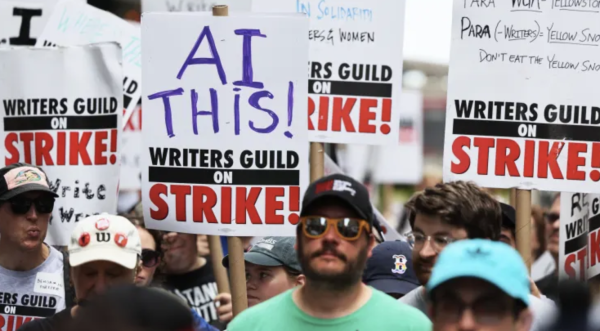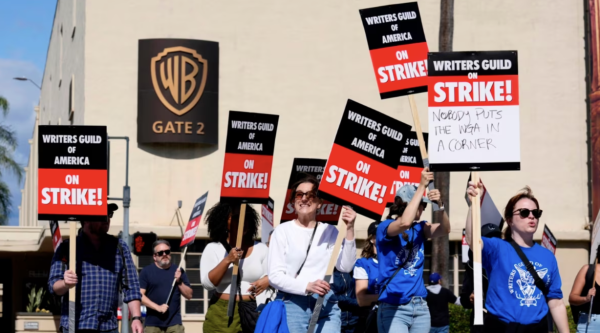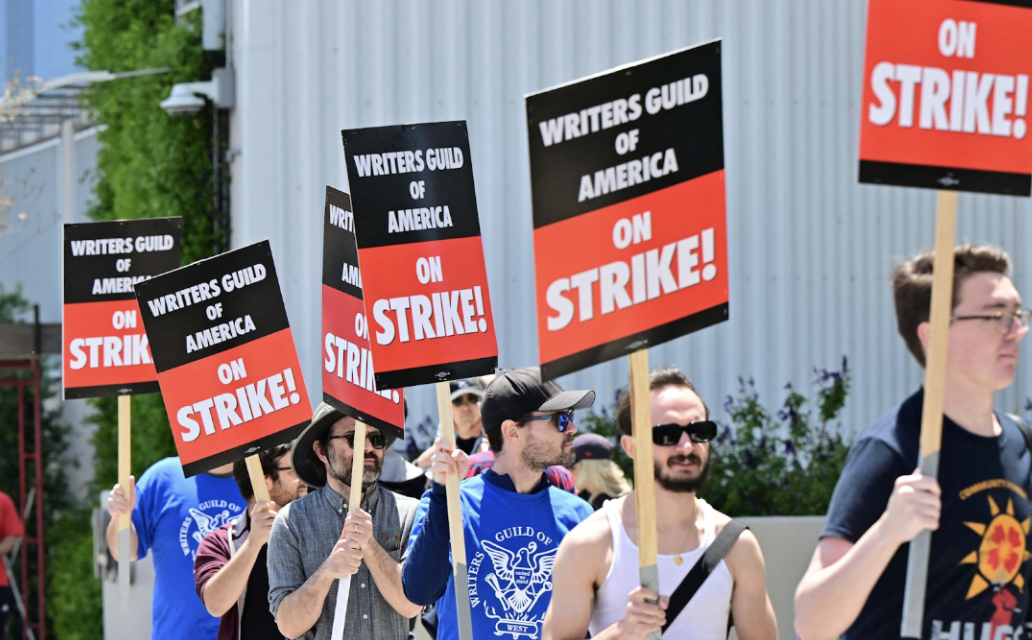The Writers Guild of America, the labor union that represents 11,500 writers for film and television, went on strike for the first time in 15 years this past May. The number of people out of work during the strike was closer to 20,000 when you include workers such as actors and accountants who were affected when productions were shut down. Prior to the strike, The Alliance of Motion Picture and Television Producers (AMPTP) worked for six weeks with the Writers Guild to try to avoid a strike but could not come to an agreement. The AMPTP represents major studios and streaming services like Amazon, Netflix, Apple, Disney, Warner Brothers, Discovery, NBC Universal, Paramount, Sony, and other smaller production companies. Collectively, the AMPTP represents more than 350 television and movie production companies.

The main cause for the strike is not straightforward because there are many reasons why the writers and studios were in disagreement. Here are some of the major reasons the strike began. Firstly, the WGA felt that as streaming became the most popular way to watch movies and television, large studios should not cut writer pay and separate writing from the production of the project. Writers felt the studios did not want to pay writers fairly for their products as their contracts did not adapt to the introduction of streaming services. Despite a writer’s prior experience in the industry, streaming shows had writers working for minimum pay, for fewer weeks at a time, and in poor working environments. Another reason why writers wanted an updated contract was that series budgets grew over the last decade while median writer pay fell. Additionally, writers made money aside from their writing salary through residuals. This means every time a show would air in the form of reruns, the writers would get paid a set amount each time that show aired. A standard season for a TV show would usually be 22 episodes. Now that streaming has become so popular, a standard season has fallen to only 10 episodes, which means fewer opportunities for residual payments. Finally, writers were concerned with the advancement of artificial intelligence, so the WGA wanted assurances for their writers that AI would not replace actual writers.

Overall, the Writers Guild of America strike lasted 148 days and was the second-longest strike in Hollywood’s history. It officially ended on September 27th, with the writers feeling that they won a huge victory with increases in minimum wage, compensation, pensions, and health funds as well as improvements to terms of employment, overall size of writing teams, and better residuals. As for the AI debate, the agreement says productions can use AI; however, it prohibits using software to reduce or eliminate human writers in TV and movies. In the end, the writers got much of what they wanted for future work, but both the writers and the studios lost out on work for 148 days, a detriment for all involved.



